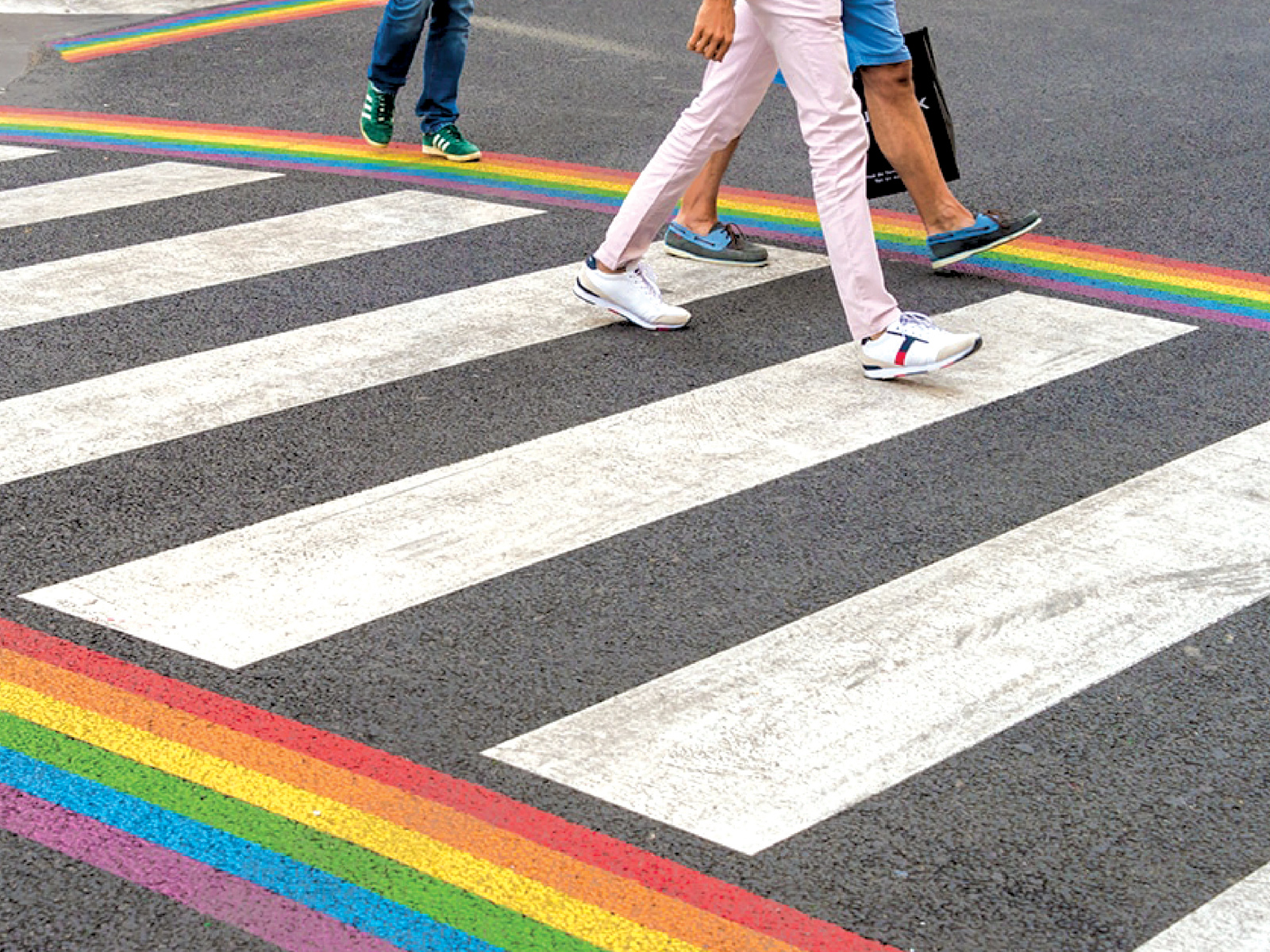Study finds that colourful road art prevents traffic accidents by 50%
By Madeleine Muzdakis
Murals are beautiful to look at, but can they make our cities and towns safer? A new report by Bloomberg Philanthropies and Sam Schwartz Consulting studied the safety impact of murals on the asphalt of streets and crosswalks. The report found that colourful additions to pavement actually decreased traffic accidents involving pedestrians or cyclists by 50 per cent.
The team studied 17 asphalt art sites across the nation which have been adorned for more than two years. Accident rates since installation were analyzed in comparison to the “plain” past. Crashes involving pedestrians or cyclists were halved and crashes leading to injuries were reduced by 37 per cent. Video footage analysis at five sites confirmed why the artwork may have a safety effect. Drivers yielded to pedestrians in crosswalks at a 27 per cent higher rate and dangerous pedestrian interactions with cars dropped by 25 per cent. Bloomberg’s Asphalt Art Initiative is dedicated to promoting the safety benefits of decorative asphalt. They call it “activating the streets.” The project focuses on roadways, pedestrian spaces, and vertical infrastructure. They have so far funded 42 public artworks in the U.S. and Europe. Although the Federal Highway Association does not yet use such artwork as official signage, Bloomberg’s findings suggest that bright colours and patterns make drivers more alert and remind them of their responsibilities on the road. Plus, the artwork is a great way for communities to come together and beautify a space.
Madeleine Muzdakis is a contributing writer at My Modern Met and a historian of early modern Britain & the Atlantic world and has worked in archives and museums for years with a particular focus on photography and arts education.













